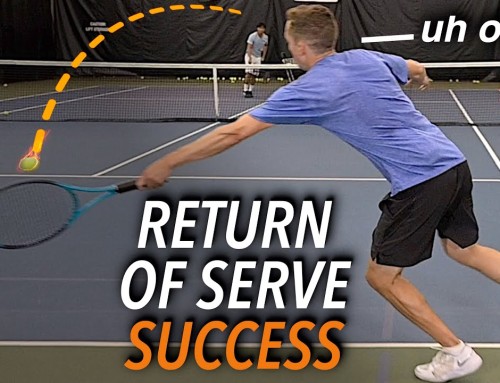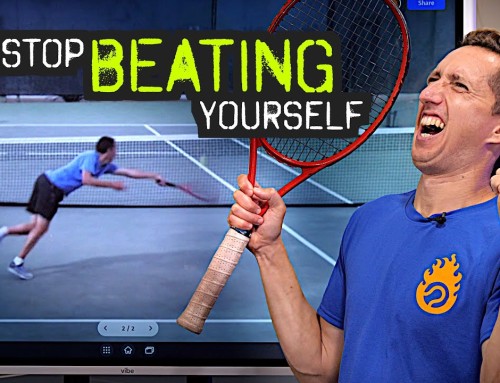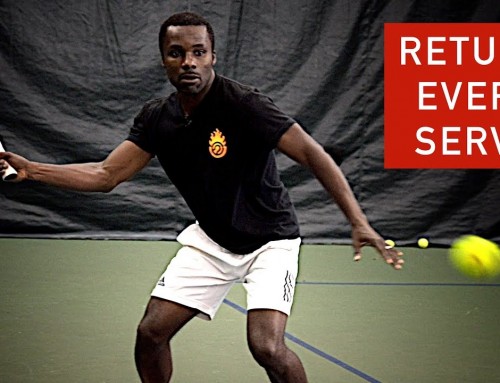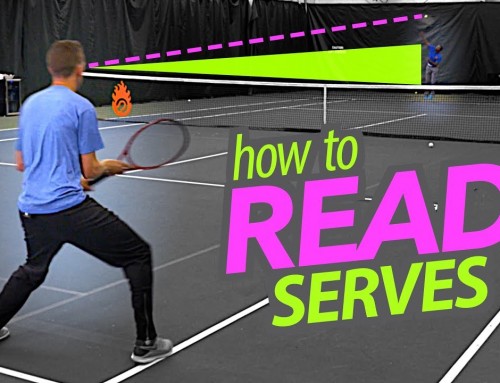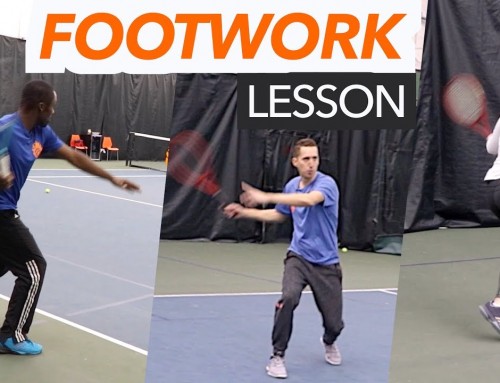Want an unstoppable serve? – Click Here!
Get huge serve power and spin – Click Here!
Facing a high kick serve from a player who likes to serve and volley can be very tricky and uncomfortable.
There are 3 different ways that you can approach this scenario…
Here’s the one that will give you the best results the easiest.
Hit the most confident and effective serves of your life – Click Here!
Comments? Questions? Leave them down below. Thanks for watching!



